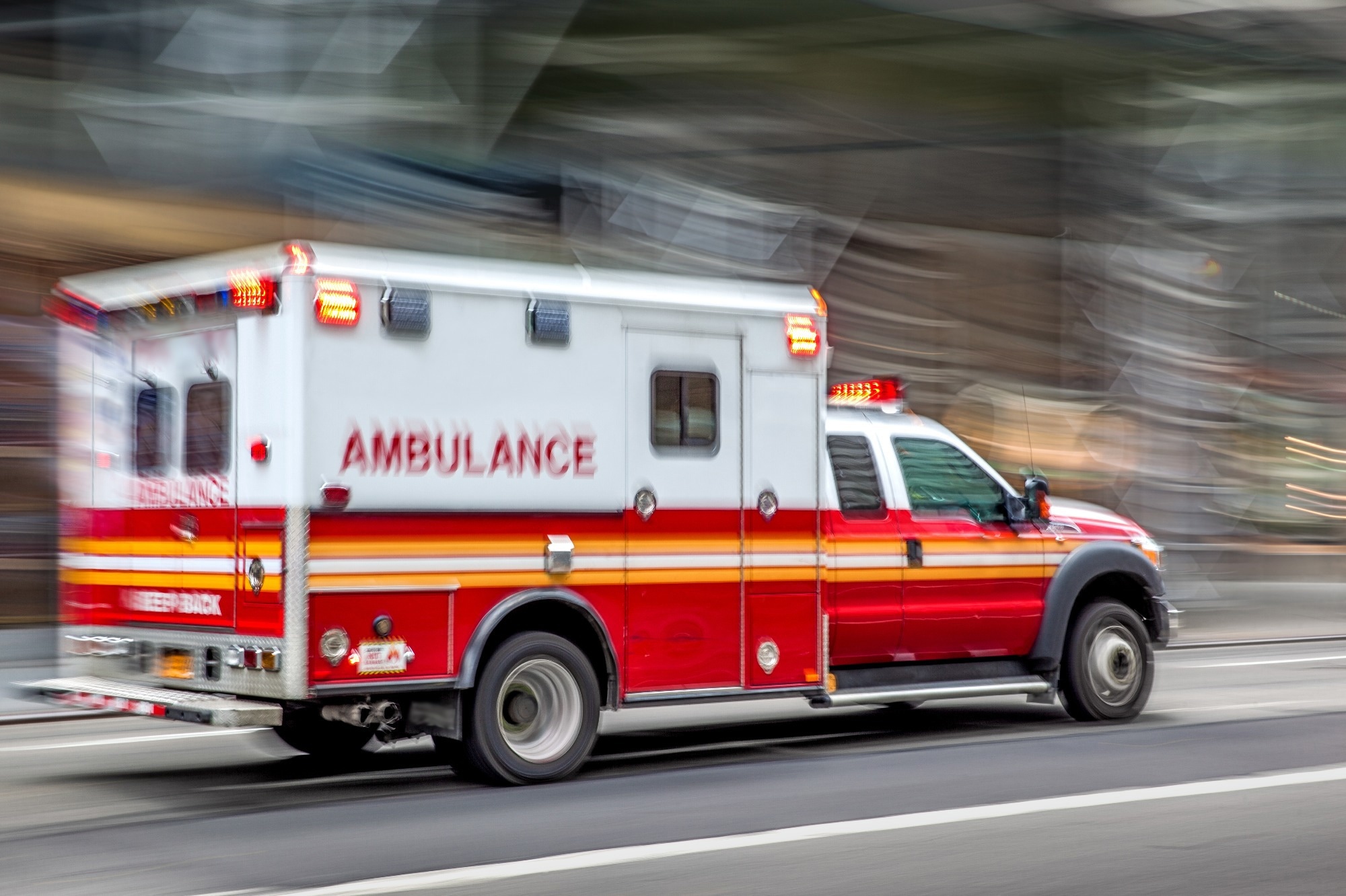A recent study published in the journal Prehospital Emergency Care assesses current approaches to measure the performance of emergency medical services (EMS) throughout the United States and identifies novel strategies that can improve the quality of care provided by EMS.
 Study: A National assessment of EMS performance at the response and agency level. Image Credit: blurAZ / Shutterstock.com
Study: A National assessment of EMS performance at the response and agency level. Image Credit: blurAZ / Shutterstock.com
The evolution of EMS care guidelines
Throughout the U.S., a wide range of quality measures are used to measure the quality of care provided by EMS. Nevertheless, compared to hospital-based or ambulatory medicine, there remains a lack of specific, nationally accepted, and evidence-based protocols to monitor EMS and determine how these services can be improved.
An earlier statement from the 2007 Consortium of U.S. Metropolitan Municipalities’ EMS Medical Directors suggested the implementation of multiple quality control measures in the treatment of ST-elevated myocardial infarctions (STEMI), convulsions, pulmonary edema, cardiac arrest, and trauma. These quality control measures guided the appropriate management of these conditions before hospital arrival and how to choose the appropriate hospital destination.
In 2015, the EMS Compass initiative published a set of quality measures authored jointly by the National Highway Traffic Safety Administration Office of EMS and the National Association of State EMS Officials. By 2018, the National EMS Quality Alliance (NEMSQA) increased the array of stakeholders for this initiative, which ultimately led to the development of an evidence-based suite of EMS quality measures that can be applied at scale to the EMS currently being operated in the United States.
These NEMSQA guidelines, released in 2019, include 11 quality measures covering eight areas of clinical management required in EMS.
The current study uses national data on EMS to determine the use of these measures to appraise the quality of EMS responses at the individual and agency levels. The dataset included 26.5 million responses that were executed by nearly 10,000 EMS agencies.
Importantly, the current study is the first to determine how EMS agencies met quality measures applied nationwide.
What did the study show?
Performance varied by agency type, size, and category of response. In the case of using lights and sirens, either when responding or transporting patients to the hospital, only 12% of EMS did not use lights and sirens as compared to over 53% during patient transport. With children, over 80% of cases diagnosed with respiratory distress by EMS were evaluated for breathing difficulty, and the results were documented.
About 60% of patients with trauma were evaluated for pain, only 16% of whom reported pain relief during the response process. Over 25% of patients with status epilepticus received benzodiazepines, the drug of choice, during the EMS response.
Performance measures at the agency level also varied widely. For pediatric cases, agency performance ranked high at over 90%, whereas the safety ranking for these cases was 2%.
There were 22 agencies that had over 100,000 patient calls, which accounted for one in seven of all 911 responses by EMS throughout the study period. The agency size also influenced performance, with the smallest agencies performing at 60% for hypoglycemia as compared to nearly 85% for larger agencies with 25,000 to 100,000 runs.
There was no significant difference between urban and rural agencies in responding to pediatric emergencies for six measures, including safety and trauma. Some differences were observed regarding the performance of rural agencies; however, these observations may not reflect clinical outcomes.
What are the implications?
The quality of EMS care can vary significantly in some measures related to clinical and safety outcomes. Importantly, there is no official standard by which performance may be classified as good or bad in this field; however, the current study found that over 50% of the agencies performed below 35% for three of the six assessed measures. Conversely, some performed at almost 100%.
These findings offer a baseline from which to measure performance in aggregate and track the progress of the national picture.”
While it may not be ideal to achieve 100% performance in all measures, the study findings provide the basis for further research to establish benchmarks in these areas. Moreover, the study findings can be reassessed by comparing performance measures based on outcomes as compared to process, thereby supporting the development of an evolving standardized set of measures that will improve EMS delivery.